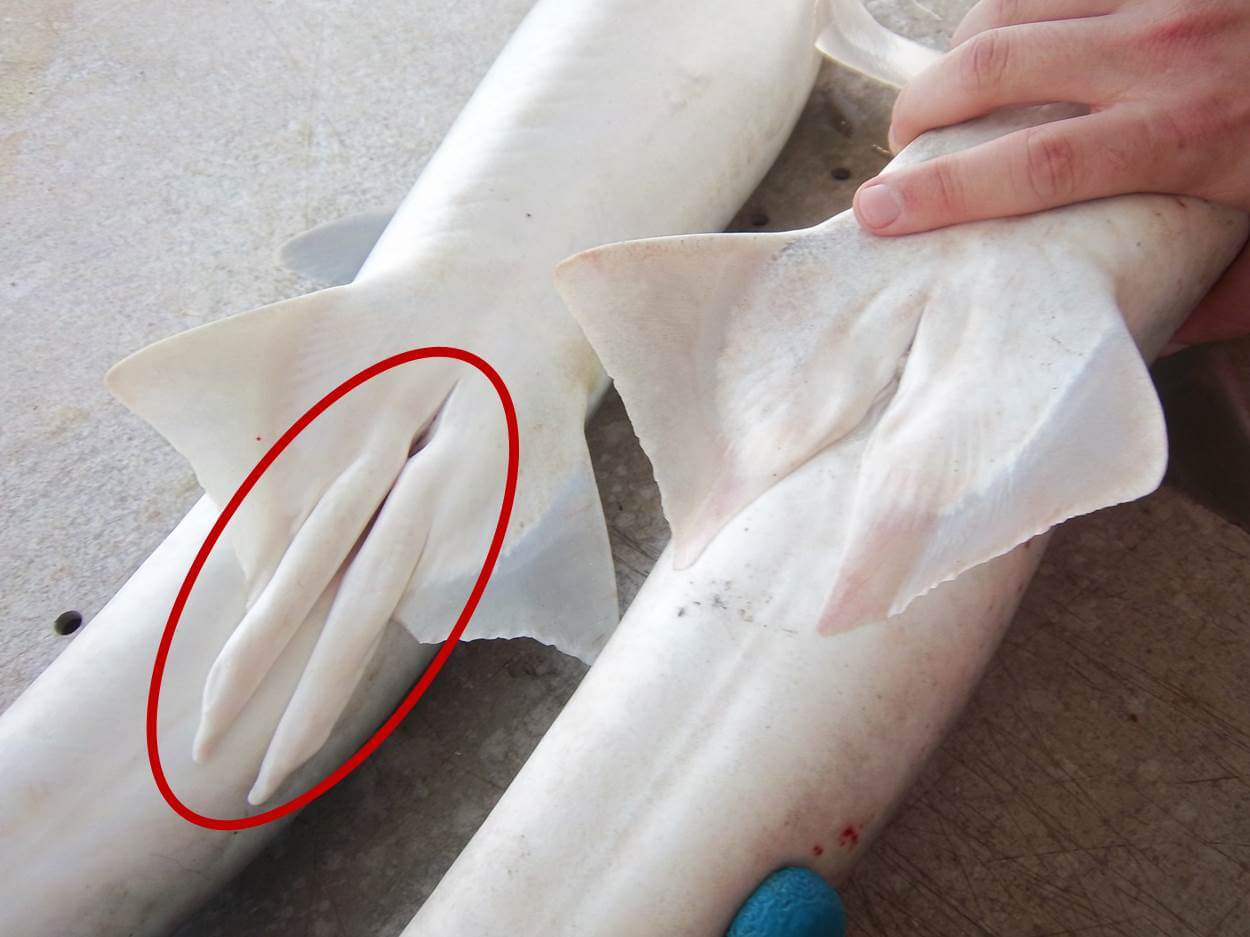They reached the planet before the trees
Sharks are magnificent creatures! Present in all oceans, and even in some rivers, on the planet, they are in our waters before there are trees on land. That’s right, we are talking about very, very old animals on the same planet, which evolved and survived the 5 great extinctions. In Ordovician, Devonian, Permian, Triassic and Cretaceous.
However, these beautiful animals are at serious risk of extinction in the period in which we live, the Anthropocene. The industrial scale overfishing of these animals, most often due to finning, killing only by the fins, is killing these animals on a much larger numerical scale than they are capable of reproducing and replenishing the volume of schools.

We need to talk about sex
Sharks are animals that reproduce sexually by internal fertilization. In other words, the male sharks need to meet in person with the females, perform the sexual ritual with penetration of the Clasper, the double male sexual organ in the female so that the female’s eggs can be fertilized internally. That’s right you read: male sharks have double organs, two claspers. To perform this act, the male shark usually bites the female in order to keep its body close to hers and then perform the penetration. It may not seem like a big problem, but for animals that are often transoceanic migrators, such as the blue shark for example, depending on sexual reproduction means that a female of the species has to be in the same place and time as the male, in case there is compatibility in the courting, let’s say compatibility, fertilization happens.
What about the other fish, is it the same?
It is quite different from the external fertilization process, as with sardines for example. A female sardine after 6 months of life can already be considered adult sexually. It can pass in a certain place and expel, say, hundreds, if not thousands, of eggs in the water. The male does not need to be present at the time, it is enough that within a certain period of time he passes in the area and releases his gametes. There will then be a mixture in this gamete soup and fertilization will take place, without the couple ever having seen each other. And from these initial numbers of hundreds of thousands, in six months we will once again have adult sardines repeating this geometric progression of population growth in schools.

Among sharks, on the other hand, some species take up to 20 years to reach sexual maturity such as female sand sharks and even the impressive 150 years for the Greenland shark. And after reaching the reproductive age, the male needs to find the female and roll a climate, for the mating to happen with the penetration of the clasper and consequently the internal fertilization. But it doesn’t end there. It doesn’t end there soon. If a female white shark is 18 months pregnant, the snake shark is 42 months pregnant. And as if these deadlines were not enough, there are sharks that spawn just one young in each pregnancy.
The eggs were fertilized, now are you going?
Once the egg is fertilized, there are species of sharks that are oviparous, in which the female lays rectangular eggs, protected by a filamentous membrane called teak, to fix them to the marine substrate. Ovoviparous species, with the eggs developing in the female’s oviduct, until the young are born and expel already developed. And viviparous species with embryos that develop internally with placental connections, being also expelled already developed.
The embryos of the Sand Tiger shark species have a very particular behavior: intrauterine cannibalism, also called adelophagia: the ovoviviparous female has two uteri, where in each one the more developed embryo feeds on the smaller other and on new eggs generated by the mother during gestation, gaining weight and size.
Now the oceans are theirs! Or they should be...
Once hatched, most shark chicks search or will seek safe places to feed and grow, such as mangroves and coral reefs, and then move into open, deep water or wherever is their natural habitat.
But this is another story


